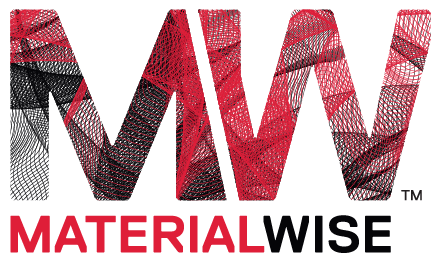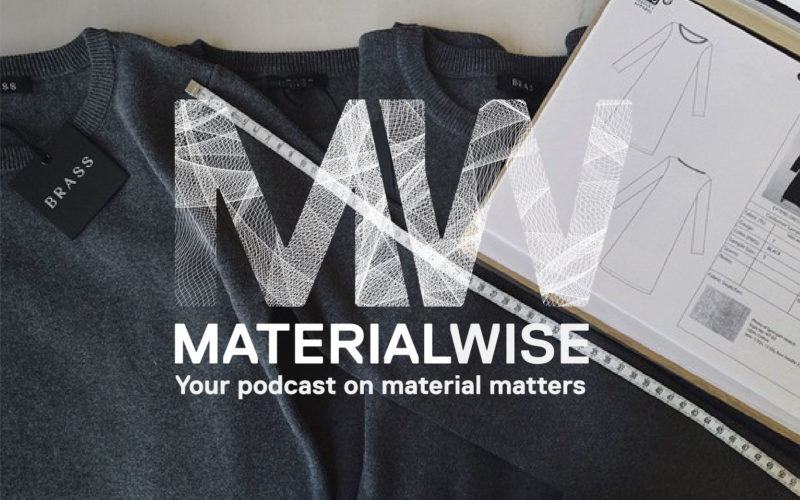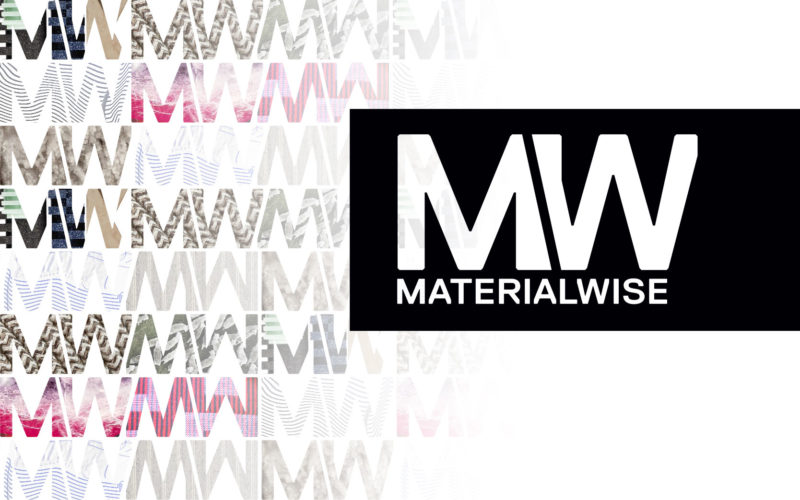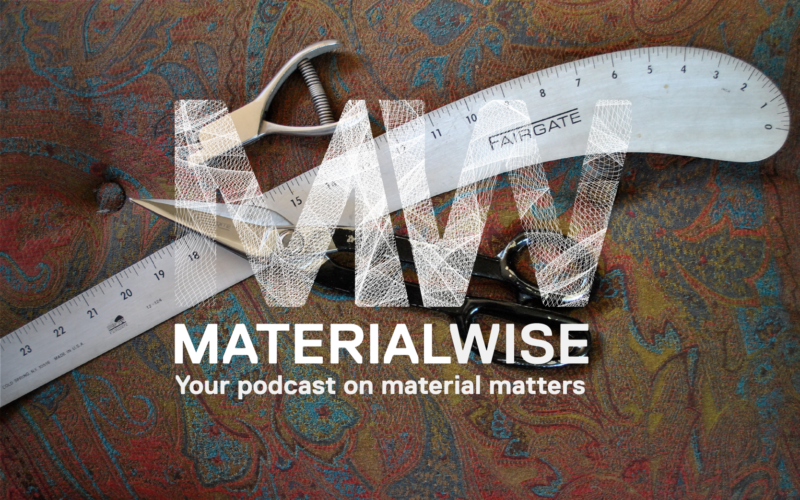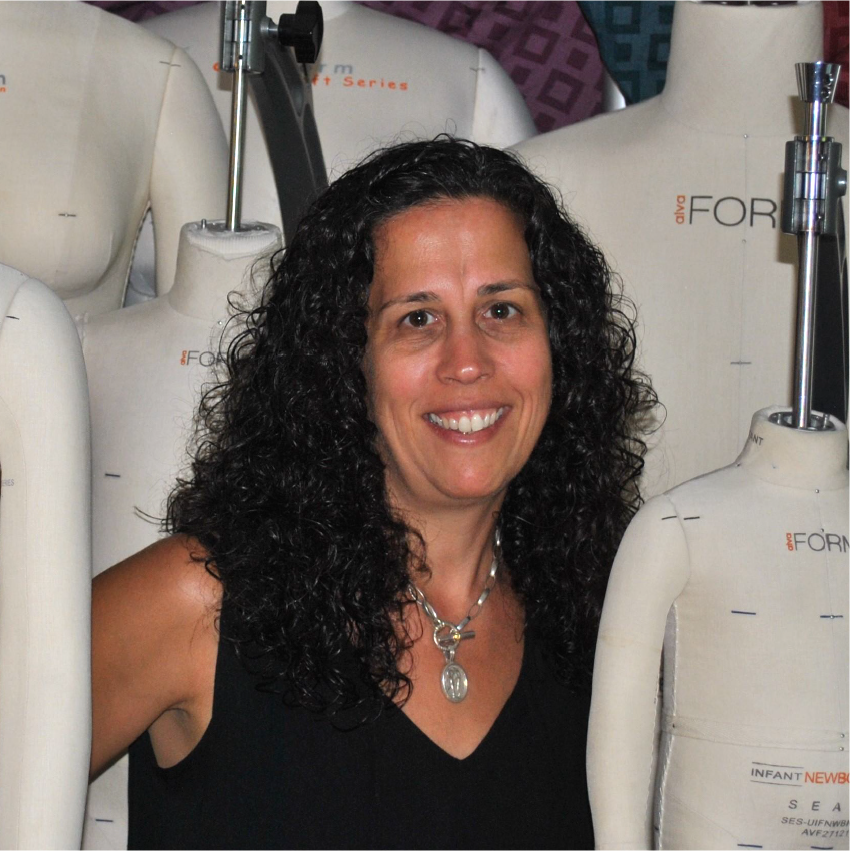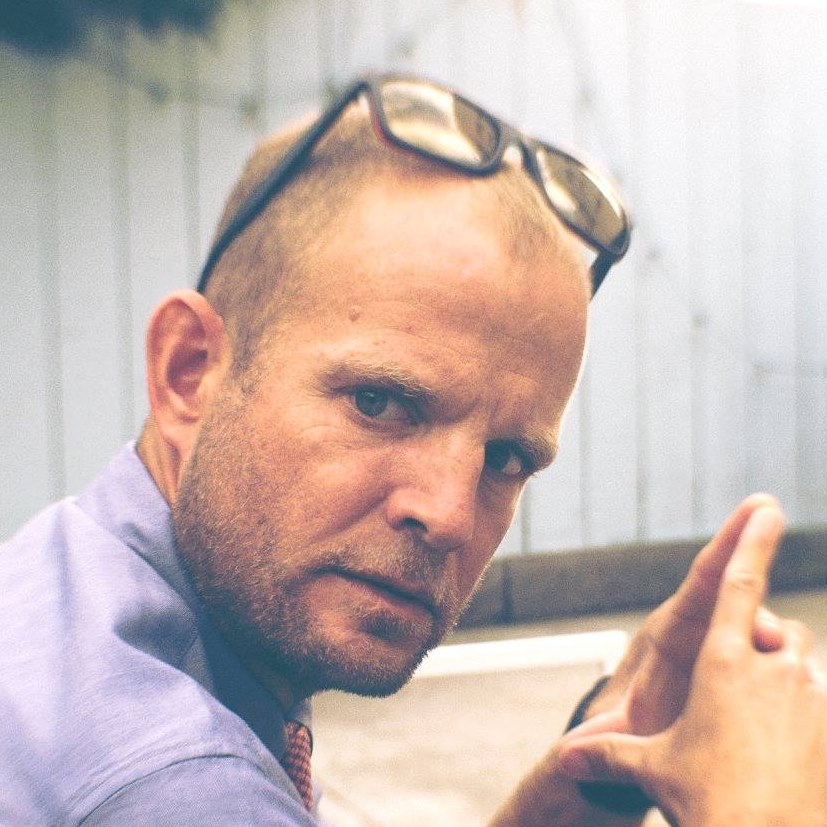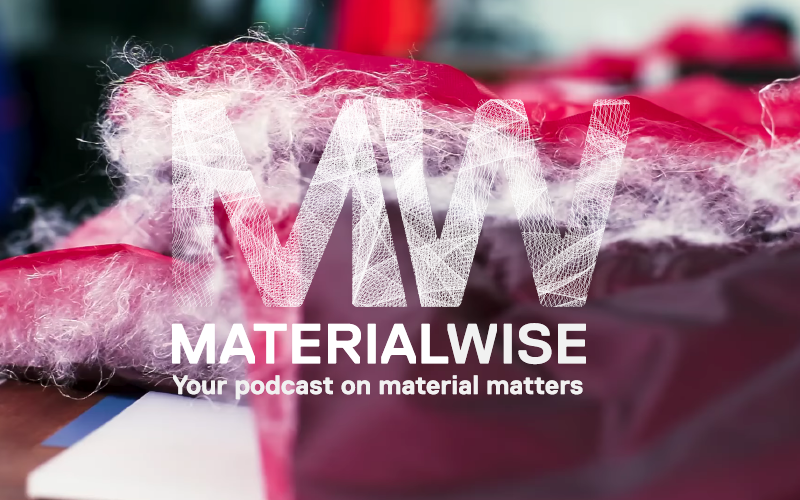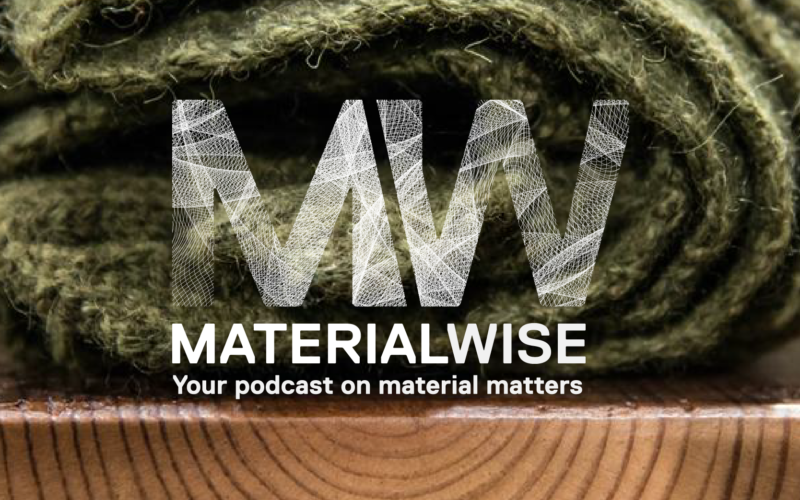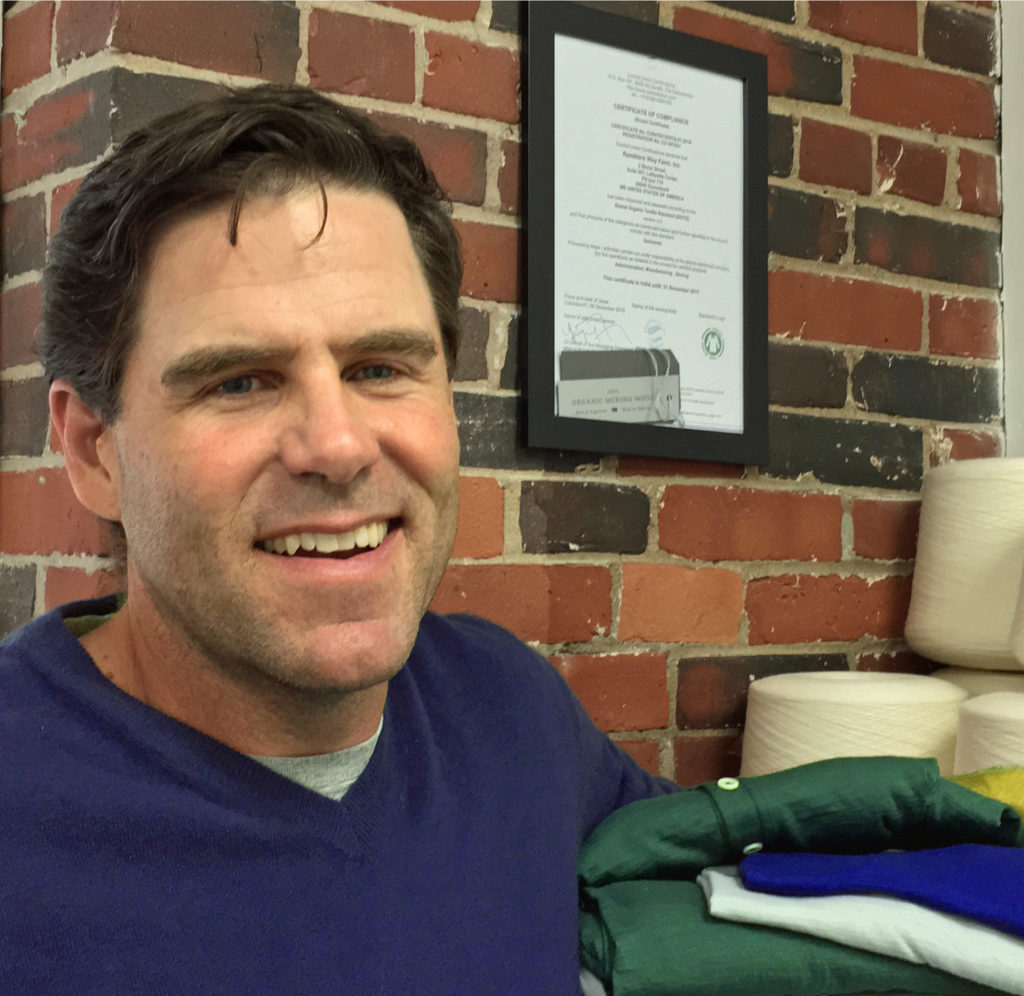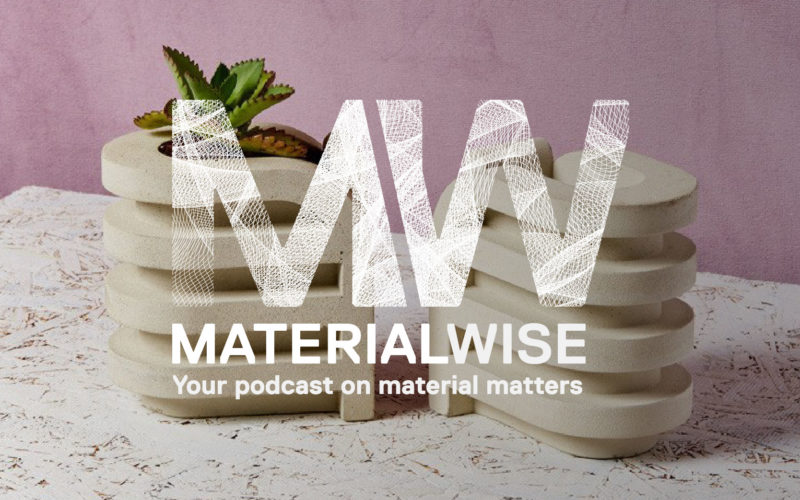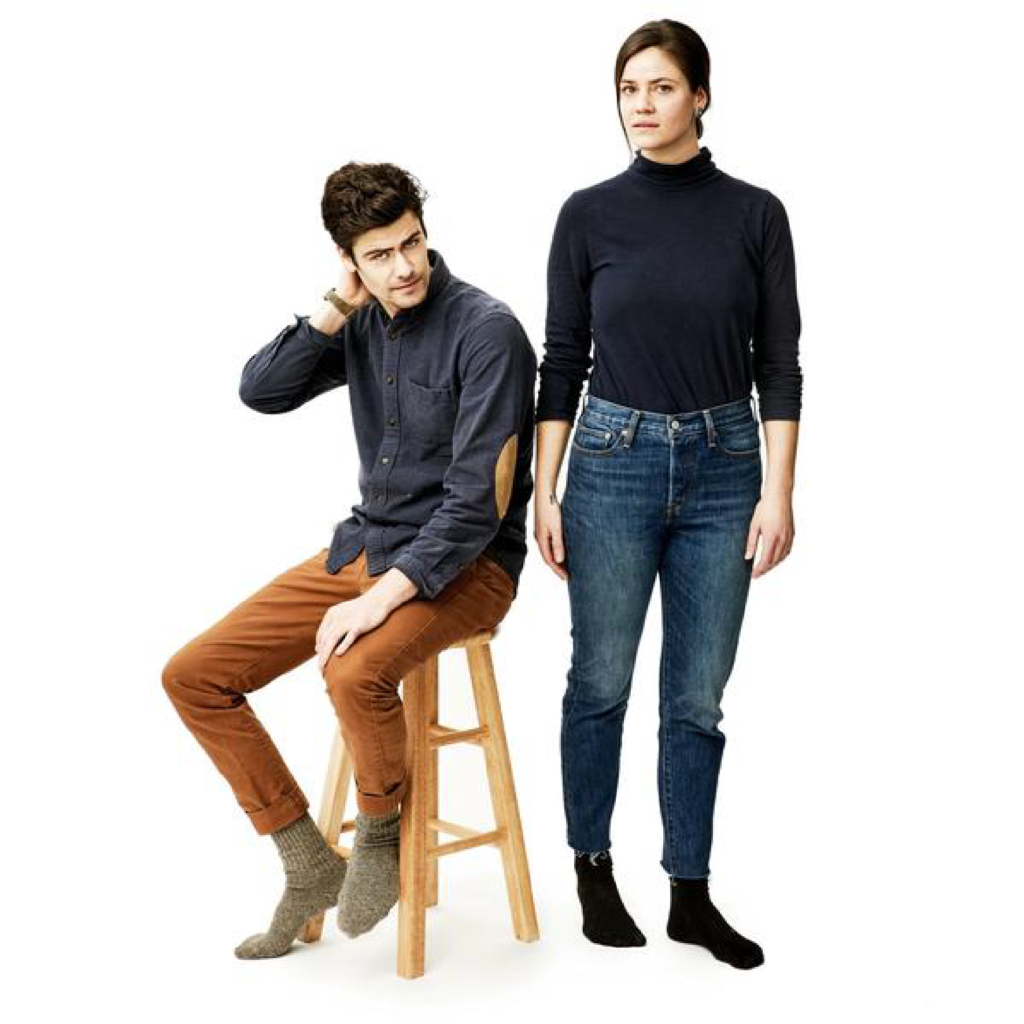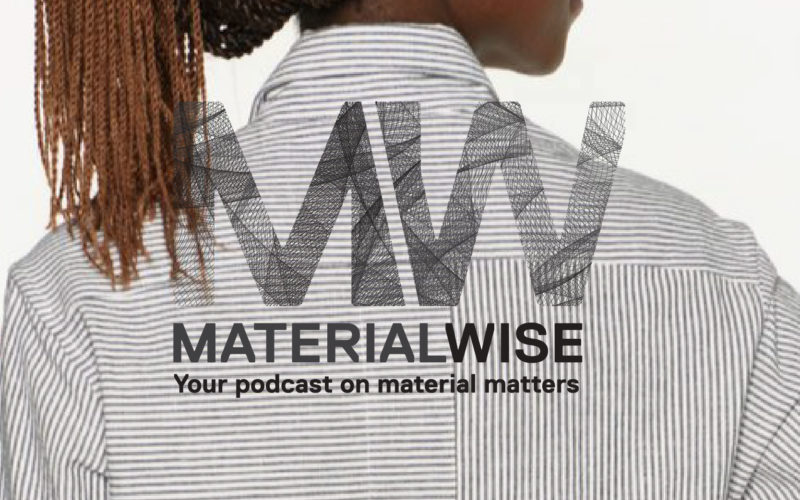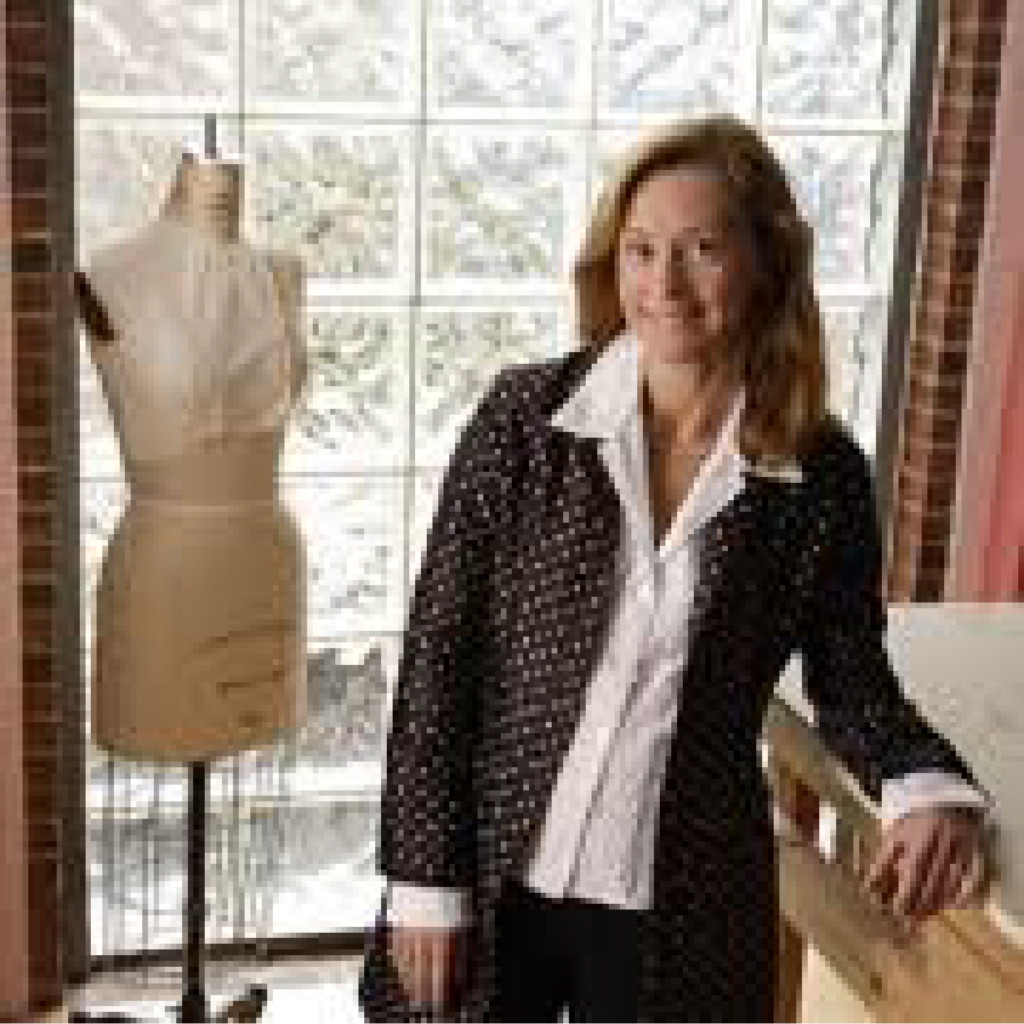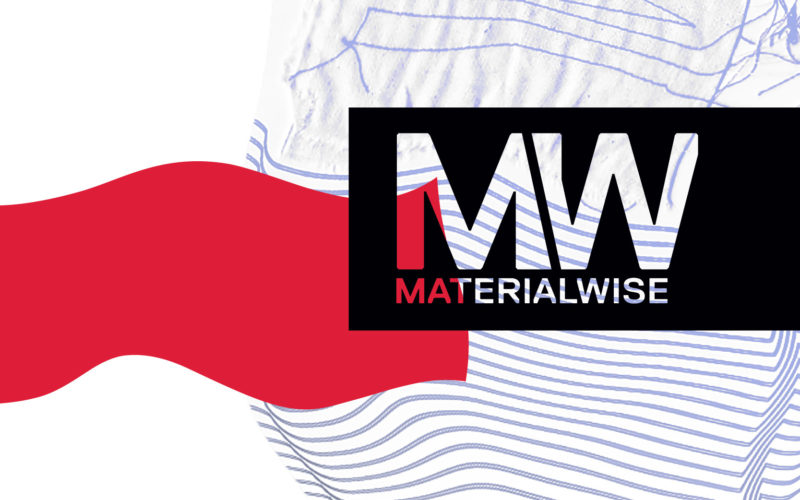Episode 09: Jay Adams | Brass Clothing
Jay Adams of Brass Clothing on building a curated apparel collection and a strong community around it
Jay Adams is co-founder of Brass Clothing, a collection of women’s foundation pieces designed with impeccable style, fit and easy-to-care-for materials. Jay launched Brass with partner, Katie Demo, in 2014 after both being fed up with fast fashion, and closets full of crap. Jay says Brass looks at a woman’s entire life, and how her wardrobe interacts with It, before designing pieces that simplify her wardrobe – so she can focus on things that really matter to her. According to Jay, Brass has built a strong community of smart, successful, strong, and passionate women who’ve been a big part of the brand’s success. Jay and chat about her background, how she, and her partner have built such a strong community – and Brass’ new inclusive sizing. And of course, we dive into the materials she selects and sources for this unique apparel collection. www.brassclothing.com.
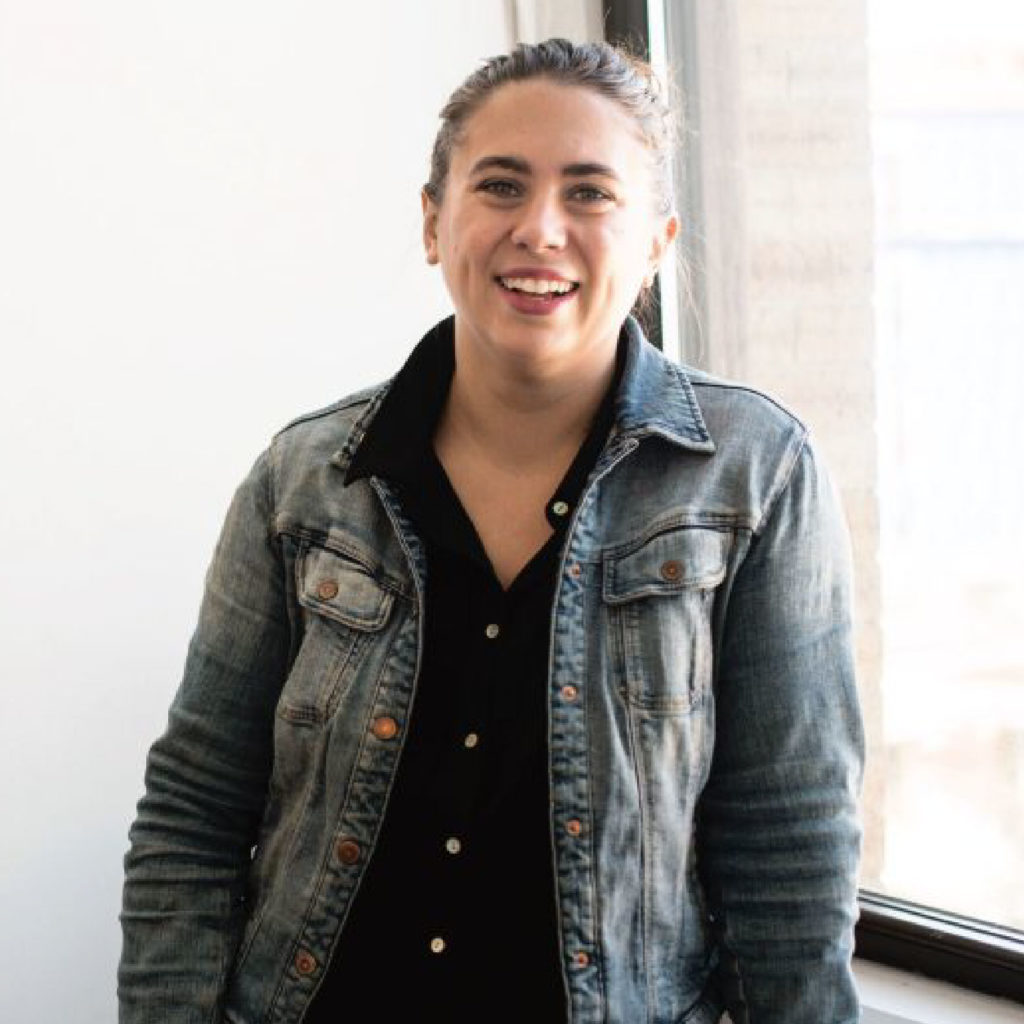
Jay’s Interview Transcript
Nancy: Hello, I’m Nancy Fendler and you’re listening to Material Wise, your podcast on material matters. It’s my chance to talk to designers, product developers, and other guests about what inspires them to create, why, and how they select the materials they choose, and the relationships they built with their customers, and industry.
My guest today is Jay Adams, co-founder of Brass Clothing, a curated collection of high-quality foundation pieces for women designed with impeccable style, and fit I might add, that she launched with partner Katie Demo in 2014 after being fed up with fast fashion, and closets full of crap. Jay says each Brass item is designed with beauty, quality, versatility, ease, and purpose in mind.
The apparel brand, which is sold online at brasscothing.com, and seasonal popup stores around the Boston area, has built a strong community of smart, successful, strong, and passionate women who’ve been a big part of Brass Clothing success.
Jay invited me into her South Boston based studio to take a look at the line, and then chat about her background, how she, and her partner have built such a strong community around the brand, Brass’s new inclusive sizing, and the material she loves, and sources for this unique apparel collection.
Nancy: Hi, Jay.
Jay: Hi there.
Nancy: Thanks so much for having me to your studio today.
Jay: Thanks for inviting me to be on the podcast.
Nancy: And I look forward to our discussion. But before we get into a little bit about you, how did you come up with the name Brass for your apparel line?
Jay: When we were first starting out, my business partner Katie, and I, really our primary goal was to come up with a name that was going to be easily pronounceable and spellable. That was like, ‘Okay, number one’, having seen brands like Bonobos, and Glossier, or you know, these different brands people don’t know how to pass on the brand name.
So, we were like, ‘Let’s make it easy on ourselves’, that was the first thing, and then it’s not an eponymous line, that was never the point of us starting this business. It was really, you know, to be a service to women, and to their wardrobe. So, we really wanted to come up with a word that was going to sort of encapsulate some of the mission of the brand, and at the time we were really focused on the quality of the clothes, and the price point.
So on the one hand, brass looks like gold, but it doesn’t cost as much. So, that was one element of it, and then if you’re brassy, Katie and I like to consider ourselves brassy women, we’re outspoken, we have opinions, so we like to think that that’s also an element of what our customer is about, and it’s so much more about who she is, than it is about the clothes.
Nancy: That’s great, I love that. Brassy. Yeah. So, I have to also say that I just got back from a trip to Munich, or back from Munich last night, and I was fortunate enough to order a few pieces of Brass apparel before I left, and it does pack well, and travels well.
Jay: Yes!
Nancy: Yeah, it felt fun wearing it knowing that I was going to be interviewing you.
Jay: Yeah, that’s so great.
Nancy: So, just would like to ask a little bit about you, and how you got started in the apparel industry, and where you felt that there was a need for Brass?
Jay: Yeah, totally. So actually, I learned how to weave when I was in college. So, my background is really in textiles, and when I got out of college, I went, and worked as a weaver. I worked doing hand looming, high end textiles out in the Berkshire’s, and so that really kind of fed my passion, and my love for textiles.
And then decided that I wanted to get into doing more graphic design, surface design, so I freelanced, and did that work for a while, and then I got into sourcing, and I learned so much about what it takes to manufacture our product, to bring that product to life, and at the time when I was doing that work, I came across one of the factories that we work with today, and I was just so impressed by the work that they were doing, the other brands that they were working with, and I knew that they would be a fabulous partner to work with.
So, after I came across that factory, I came back from that trip, and I was telling Katie, my partner, I was like, ‘You know, I found this amazing factory’, and at the time, she was working in E-commerce, a footwear E-commerce company in marketing, and she was like, ‘Can’t you just make me a more affordable Theory?’, and that was like the nugget, you know
That was like the first, I was like, ‘Wait a second, we could do this’, because at the time, I was seeing brands like Everlane, and more of these direct to consumer brands coming up – and Bonobos, you know, really servicing more of a male customer, and a little bit more of the casual customer, and then also seeing brands like MM LaFleur really servicing a more professional woman, and we were like, we really feel like there’s room here in the market for something that’s business casual, and much more, you know, it takes like an entire woman’s life into consideration. So, that really was kind of the start to Brass.
Nancy: Which company did you work with where you got the experience for sourcing?
Jay: I was working for a very small sourcing company, so it was just me, and at the time, the owner of the company, we were in Waltham, and then we had two women who work for us over in Shenzhen, and one of those women, Abby, is our production manager today for Brass.
Nancy: Okay, great. So how would you describe the Brass customer?
Jay: So, what we like to say, we think so much in terms of psychographics, as opposed to like demographics. Because we really think about Brass as being a values driven brand. So, we like to think about our customer as being aligned with our values around style, substance, and community.
So, she’s a woman who definitely has a busy life, style is important to her, quality is important to her, but she’s also really focused on making an impact within her own community, at her job, with her family. So, that’s why we kind of say we like to help women simplify their wardrobe, so they can focus on things that really matter to them.
Nancy: Yeah, I’m hearing that over, and over again, and as I was in Munich for this big trade show called ISPO, and there are a number of halls where they’re just exhibitors of materials (suppliers to brands), and then they have these trend seminars, and one I attended shared that people want to save time, they want more simplicity, they want fewer choices, because they don’t want to take the time to make all these decisions.
So, I think simplifying apparel is, you know, key. It’s nice to be able to look in your closet, and say, ‘Okay, I have these pieces, and this is what I want to wear’, and Brass seems to do that.
Jay: Yeah. The trend of capsule wardrobing, I’m using quotations cause you know, it can feel a little constrictive for some people, but that trend, also Marie Kondo, I think that it’s become so popular in the last four years since we started Brass, if that was really something that was like starting to trend, and now it’s becoming much more mainstream.
But I think in general, we’re just all very overwhelmed by the plethora of choice that surrounds us at all times. I mean, our phone contains the entire world in it, and that’s great, but it’s also so overwhelming, right? So, that was for us at the time, it was like, I don’t want to spend two hours on Nordstrom’s scrolling through 1500 black dresses, I got better things to do with my time.
Nancy: Absolutely. So, just in doing a little bit of research, and I love this thing that I read about your line, it’s easy basics that are not basics, but we can get into that a little bit later. You mentioned that we’re living in an experience economy. Can you share a little bit more about that?
Jay: Yeah, it’s definitely something that we think about a lot internally, because you know, we are selling clothing, but we are also really promoting, and talking about things that are beyond just apparel, right
So, it’s like how is that clothing interacting with your life? How are you traveling with it? How is it performing in your workplace? We want to address all those other, everything that’s outside of just that piece of clothing.
I think that more, and more millennials in general, this generation is thinking about how it is that we’re spending our money, and there’s a lot of talk of experience economy, and people wanting to put their money towards you know, vacations, or health, and self-improvement, and things like that, and I think that brands, clothing brands need to be really thinking about how it is that they are incorporating their customer in a way that isn’t just about buying, and selling clothing, right?
So, we think about that a lot with Brass, and making opportunities for women to feel connected to the brand outside of just purchasing a piece of clothing. So for example, we have almost a thousand customers in a Facebook group, it’s a private Facebook group. They’re in there, they’re trading style ideas.
They’re showing like, ‘Here’s how I wore this dress, you know, four different ways’, sharing other brands that they really like, but that’s all being facilitated through a community that we’ve built, and so we’re building a lot of brand equity, and emotion on things that are outside of just our clothing.
And those things are actually what make people feel so connected to the brand, because at the end of the day, I mean, we’re selling black pants, right? But we’re selling so much more around that. It’s about a lifestyle, and it’s about values.
Nancy: That’s great. I think with so many options out there, it really helps for a woman, or man to feel that connection to a brand.
Jay: Absolutely.
Nancy: It makes a big difference when they want to purchase something. So, it’s like, ‘Okay, you know, they’re committed to something that I’m committed to, or a value that I align with.’
Jay: It’s interesting, because I think that in some ways, reflecting on what you just said, you know, I don’t connect to luxury brands, and I don’t connect to needing to have like a Chanel this, or a Gucci that, but for a lot of people that’s how they self-identify, right?
It’s like I’m bringing meaning into my life, and I’m saying something about who I am, because I’ve got this luxury bag, or this luxury jacket, or watch, or whatever, but I think that for millennials, maybe just the general population, it’s like you’re also looking to connect with a brand on your values that also says something about you, and in a lot of ways it makes you more proud to talk about that brand.
We see that with our own customer, with the word of mouth, it’s like they’re so excited to talk about Brass, because it’s owned by women, and it’s all about supporting other women, and definitely check out that Facebook group, because it’s like everyone in there is so nice, and you know, so you feel good about spreading the word. It’s less about like, ‘Yeah, I’ve got all this money, and I can afford a Chanel handbag.’
Nancy: Also, I would think that your customers are always looking forward, and anticipating what’s new from you as well.
Jay: Absolutely. It’s a fine line that we walk, because we’re still gaining new customers all the time, and we have certain heritage product like our Ponti Pants that just sell, and sell, and sell, and sell, and we’ve been selling those for three years now, and we will continue to sell them.
But yeah, we also need to keep people involved. We also feel like we still have so much more that we need to offer our customer in areas in her wardrobe that we still can improve her. We’re coming out with a really awesome suiting collection in April that’s really focused around the fabric, and the ability to travel, and the washability of it, and everything like that.
So yeah, there’s a fine line between knowing, bringing something in that’s new, but that has intention, and still keeping her excited.
Nancy: That’s great. Well, you mentioned fabrics, and I’d like to talk about that a little bit. So, where do you turn for your materials, and sourcing?
Jay: So yeah, over the last year, or two we’ve really been trying to control more of our supply chain, so that we can access better quality fabrics, and that so eventually we can be developing more of our own fabrics as well.
So, places that we usually turn to, I find that MAGIC, sourcing at MAGIC has been helpful in the past, and then just a couple of weeks ago, I was down at PV in New York, and I was really impressed by that show. I’d actually never been to it.
Nancy: Première Vision?
Jay: Yes, and you know, it’s a small show, but, it’s a really great place for smaller brands to go, because a lot of those mills actually have smaller minimum order quantities. The fabrics themselves are maybe a little bit on the higher price point, but I was really impressed by it, it was a good show.
Nancy: That’s great. I have not been to that show. So, do you think that a brand name fabric for your apparel line makes a difference to your consumer?
Jay: Hmm, that’s a good question. I mean, so we’ve never used any brand name fabrics really, but we are definitely trying to build up equity around the fabrics we do use, because there are certain fabrics we use that our customers know, and love, and what we’ve found, and had a lot of success with is when we work into that fabric, right?
So, it’s like we start doing more styles in it. Obviously, it makes a mix, and matching a capability of the pieces much easier, but also it’s something that she knows, and being an online company, that’s worth a lot, cause she already knows what that feels like, and how it fits her.
So, that’s definitely something we think about. The customer in general is learning more, and more about fibers. She knows what Tencel is, she knows what Modal is, she knows a lot more than I think, and cares a lot more than in the past.
Nancy: That’s just what I was going to ask you – if you think consumers have become savvier about how about maybe not just the fabrics, but the fibers that go into the fabrics.
Jay: Yes, I do think that she knows, or she at least it least likes to think she does, right? Because we have very smart customers, our women are, you know, reading all the time, they’re very well degreed, so, you know, they’ll come to us, and ask us questions, and sometimes we have to go, and do research in order to answer them.
But yeah, I think she’s learning more, and more. It’s really hard with the sustainability efforts. You know, so much of that is gray. It’s not black, and white, and a lot of customers want it to be black, and white, because they just were like, ‘Well, just tell me that this is a better option’, and you’re like, ‘Well, there are a lot of elements to it’.
You know, like, yes, Tencel is a regenerative fiber, but at the same time it takes a lot energy to produce. Cotton is natural, but it takes a lot of pesticides, and a ton of water. So, it can be really hard to kind of suss through all of that with the customer.
Nancy: Absolutely. You know, it’s just always evolving too. I think sustainability is, you know, we talked earlier, it’s become so important in the textile industry, and become transparent, and developing best practices, but without sacrificing the quality of the textile.
But it is critical, and I think obviously consumers are demanding it. Brands are demanding it from the textile manufacturers. So, it’s good. It’s all good.
Jay: Yeah, it is good. There’s still a lot more work to be done. I feel like for us, you know, we use a lot of polyesters, cause that’s what performs. Wrinkle resistant, and machine washability are huge for our customer. So, in a lot of ways that rules out natural fibers.
So, the wrinkle resistant factor of it in particular, but for us, yeah, it’s like any of the fabrics that we’re using that are 100 % polyester that are made with virgin polyester, there’s no reason why they can’t eventually be recycled polyester, and that’s something that we would like to be able to work towards as we have more money, and are able to invest into that type of work. Nobody’s really doing that in the business casual space. You see it a lot in performance, outdoor, athletic.
Nancy: That would be great.
Jay: Yeah.
Nancy: So, I know you have a great relationship with your factories, but do you have an idea, or can you give me an example of what a good textile partner might be like for you?
Jay: Yeah. We just actually found an amazing mill in Japan, we’re really excited to start working with them, and the reason why they’re great is number one, they have some more flexible minimum order quantity. So, that’s really helpful for us, but they’re also really pushing boundaries in terms of dyeing practices, trying to use less water, you know, trying to be more environmentally friendly around different dye processes, the way that they’re treating fabrics.
They’re also using a lot of Cupro Modal experimenting, and doing really nice applications of natural fibers like some polyesters, so that you still have some of those performance capabilities.
So that’s for us it’s like we’re really looking for real partner when it comes to our mills, or when it comes to cut, and sew, or it comes to our knits is somebody who’s excited about the work that we’re doing, and willing to kind of be flexible with us where we need it, and also are looking towards the future ways that they can improve, and excited to have a partner in us, for someone who’s also bringing to them like, ‘Here’s what our customer wants, here is like what we’re seeing in the marketplace’.
Nancy: So, Brass is sold directly to the consumer via online. Is there a reason why you chose to go this route?
Jay: Yeah, so I mean obviously at the time, that was the means that we had, and you know, it was just, that’s what everybody was doing, you know, that obviously is the way that all commerce is moving in general, and we wanted to be able to make the brand available to as many women as possible.
So, I think nowadays it’s like most brands are going to be digitally native brands at first, right? And then they’ll get into retail, which is what we’ve started to do as well, and it’s the opposite of the way it was before. You have an open air main street shop, and then, ‘I guess I should make a website.’
Nancy: Well, you get lots of feedback. Oh, you just had a pop up store for how many months was it?
Jay: We did, yeah, it was from July, to end of December. So, six months.
Nancy: Whoa.
Jay: Yeah.
Nancy: That’s almost like a retail store. I mean, six months is quite a long time.
Jay: Yes, it was such an amazing opportunity for us. It was with a really cool project here in Boston where it was all women owned businesses, and these little individual popups down in the Seaport, it’s called The Current, and it was such a great opportunity for us to see what retail would be like, and how Brass would do that, and we learned so much, and definitely confirmed that retail, and making sure that we have in person experiences available to our customer is really important to the future of the brand.
Also, we never considered wholesale, because we also just wanted to maintain that contact with the customer, and make sure that we had that connection with her, and was getting that feedback so that we could be constantly improving the product, and serving her better.
Nancy: Is there anything unusual that you found out from your customers, anything that it’s like, ‘Oh man, I’ve got to go back to the drawing board’, or, ‘Maybe we gotta keep doing this right’.
Jay: Yeah. I mean, man, we learned so much. Number one, machine washability. You know, you’re thinking ‘Oh, we’re going to have a store, and it’s going to be you’re going to have the opportunity to tell your brand story’, and you do, you have that, but you also just have like the very first impression from a woman walking in the store.
It was like, ‘You mean I can wash all of this at home?’ You’re like, ‘Uh-huh’, you know? You’re like, ‘Wow, that gets you that excited, okay.’ You know, like that’s something we need to talk about more. The quality of the fabrics were really able to stand out in the store. It’s so hard online, you have to really communicate that quality, so that was great for us to see.
Obviously, we were able to identify certain fit issues, or where we were not able, like silhouettes that we were not providing for certain women. You know, it was like, ‘Oh, maybe we need to be working on more styles. We need to be giving her blouses that don’t have buttons’. You know, you get to just see everything.
Nancy: Yeah, yeah. Great consumer research, that’s for sure.
Jay: Yeah.
Nancy: So, I follow you on Instagram, but I know that you’re on other social media, is there one platform that does better for you, or do you find them all necessary?
Jay: Yeah, I mean, Instagram is huge for us. Instagram, and Facebook are two of our main channels for advertising. They are our number one channels for advertising, but we also, you know, we obviously have our own Instagram that works as a place for us to engage a little bit more with our customer.
We’re trying to think about that a little bit more, and then our online Facebook group, that private Facebook group has been, I think it’s really a magical little place. You know, the internet can be kind of a nasty place, and so we’ve really managed to cultivate, and create this little place with nearly a thousand people in it where women are so supportive of each other.
They’re popping in there, sharing their bathroom selfies, and they’re just like, ‘You look great, you look fabulous’, they’re helping each other with sizing. So, that’s like really where our community shines, and we’re trying to think about ways that we can bring that onto Instagram, and some other social.
Nancy: Oh, that’s great, and speaking of sizing, I heard that you have extended your sizes to, I want to say, is it called inclusive sizing?
Jay: Yeah.
Nancy: Can you talk about that?
Jay: Yeah, yeah. We’re really excited about it. It’s definitely something that’s taken longer than we would’ve liked, but we really wanted to do it well. So we use a fit model, a size eight fit model for our straight, our missy sizes.
So, that’s like a double zero, up to a 14, and then when we added sizes 16, to 26, we went out, and we started working with a fit model, a size 18 20 fit model, and really wanted to make sure that these five of our bestselling styles were designed to fit that woman in particular really, really well.
So, we started on that process last year, and yeah, we just launched last week, and it’s so great, because really at the heart of Brass is like I said, to serve women, make her life easier, and make her wardrobe better, and we weren’t really fulfilling entirely on that mission by stopping our sizes at 14.
So, it has just been such a great feeling, and it’s just the beginning. We’ll be adding more styles in those sizes, and we’ve gotten so much feedback. Now, a lot of women say they want petites. So, it’s like, you open the door, and you hear from everyone. So, we have a lot of room for growth, and improvement, but yeah, we’re really excited to be able to welcome more women to the brand.
Nancy: That’s wonderful. It is, because I think, I don’t know about you, but once you find a brand that fits, you’ll have a loyal customer for a very long time.
Jay: Yeah, totally, and I think in doing this work, it’s been really interesting. The metrics are all out of whack, right? So, they say that the average American woman is a size 14 16, and yet the majority of the industry is manufacturing sizes zero, to 12, right?
So, you’re really leaving out the majority of women, and I think with social media, that’s going to change, because people have a platform through which they can tell brands like, you know, ‘Make my size, this is screwed up, why can’t I buy your stuff?’
And it really seems like within the quote, unquote plus sizing, we’ve heard a lot about the quality isn’t really there, and also there aren’t a lot of brands that are in manufacturing ethically, and responsibly in that space. So yeah, we’re just excited to provide that opportunity for women.
Nancy: Oh, so I’m going to go into a few questions that might be a little bit more personal, nothing too personal, but what are your favorite materials?
Jay: Gosh, I mean, we use a lot of them. I mean, we do use a fair number of synthetics just because, like I was saying, because of the performance quality of them, but I mean, I’m always so impressed. Lately I’ve just been so impressed by all the silkies that they had at PV, it’s unbelievable.
I mean, all the silk lookalikes are so beautiful. I do love the feel of Cupro. That’s a hard one to work with, but I just generally, I like them all.
Nancy: Hard to choose.
Jay: If it’s got a good texture, a good weight to it, a good hand feel, I’m into it, you know?
Nancy: What’s your favorite Brass piece?
Jay: Oh my God, that’s really hard. So, I will say that our scout pants, which is a pair of pants that we worked very, very long, and hard on, it’s a high waisted, wide leg pant that is made with this cotton Tencel spandex blend, and it’s got a sateen finish to it.
So, the fabric is really cool, it’s got a little bit of sueding to it. So, it really looks very different, feels great on, and I love the cut of those pants. So right now, that’s my current favorite.
Nancy: Oh, I’ll have to check those out. Besides your own brand, what apparel brand do you love?
Jay: Oh my God. It’s funny, cause I barely get out to shop that much.
Nancy: You don’t need to.
Jay: I don’t need to really, but I have to say I really love Rag & Bone, because to the point of like quality of materials. I mean, they do a great job, they use a lot of Schoeller fabrics, and you know, their price point isn’t always where I’d like it to be, but that’s a place that I love to go. I know that I can always get a really great quality piece of clothing there.
Nancy: Yeah. What trends do you love?
Jay: Oh my God. I mean, we’re so not trend focused. It’s like the antithesis of our brand really. So, I’m going to have to say, I think the trend right now that I’m really into is just seeing more, and more sustainable fabrics, and just measures within the fashion industry.
Nancy: If you were not a designer, I think you clarified you’re not really a designer, but source, or if you weren’t in the creative apparel industry, what would you be doing?
Jay: Oh, that’s funny. I’d probably still be doing something design related. I also love interiors, so maybe it’d be something like that, designing rugs, I love rugs.
Nancy: Do you remember Susan Sargent? Oh, she was a rug designer. Anyway, I have a couple of her rugs, but I hear you there.
Jay: Yeah, they’re like, can be beautiful paintings on your floor.
Nancy: Yeah. You’re a busy woman. So, what’s keeping you up at night these days?
Jay: I mean everything, and anything. Right now we’re at a place with a brand where it’s like, we know that we have a really strong customer base, and a really great foundation to grow on, and so we’re at a really exciting point where we can also start to think about like, what’s next?
And like I said, more stores, more in person experiences, which was, it’s so fulfilling. That’s the best part is getting to be with, and meet our customers, we love our women, but you know, just trying to think about what’s next for the brand I would say.
Nancy: Yeah, and what do you think that is? That was my last question.
Jay: Well, definitely it was a huge milestone for us to get to launching inclusive sizing, and then like I said, we’ve got some other really great collections that are coming, the suiting collection, which I think is going to be great. Women have been asking us for a blazer for forever, so we’re really excited for that.
And you know, generally building out the collection to a point where it’s even better, like the styling components, and the ability to mix, and match, and really working into her wardrobe is more, and more about what we’re thinking about – and like I said, the in person stuff is really huge for us.
Nancy: How do you get away?
Jay: You don’t. If you’re thinking about starting your own business, or if you have, you know you never get away. You know, it’s funny actually. I think this summer I’m going to try to take a course over at Central Saint Martins, that both is like, you know, in line with the business.
But I’m also just excited to do something once I’m back to being like really creative again, so that it would be like, it’s kind of funny. I’m like, ‘That would be getting away’ in a way where it’s like, oh, you get excited about like, ‘Oh yeah, that would be great’, and still yeah, get back to being creative outside of the business.
Nancy: Well, I really appreciate you spending so much time with me. I really enjoyed our chat, and getting to know more about you, and the company, and I look forward to big things happening for you.
Jay: Thank you so much. Thanks for having me.
Nancy: Take care. Thanks so much for listening to Material Wise. I’d like to thank the incredibly talented Woods Creative for their help in producing this podcast. Jake Nevrla mixes our episodes, and our theme music is by Activity Club.
For more information on Material Wise, please visit materialwise.co, and please subscribe, rate, and review wherever you get your podcasts. Thank you again, and until next time, take care.
